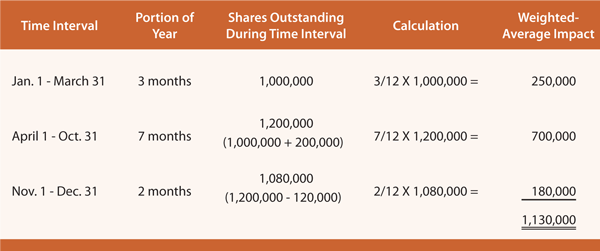Common Stock Dividend
Post on: 24 Май, 2015 No Comment

What is a Stock Dividend?
Dividends are payments by a company to its shareholders. However, rather than paying in cash. the company distributes additional shares to its shareholders. Critically by doing so it increases the amount of issued shares.
Definitions
Definition 1
The event in which the directors of the corporation distribute a payment to shareholders in the form of shares of stock, as opposed to money, while increasing the number of shares.
Definition 2
A stock dividend is a payout of part of a company’s profits in proportion to the number of shares each shareholder owns, paid in the company’s own shares rather than in cash. When a company pays a stock dividend the value of each share of stock is not altered, as it is in a stock split.
The reward an investor receives for investing in the company. The higher the dividend, the higher the reward.
Definition 4
A non-taxable payment from a company to its shareholders (as opposed to a cash dividend )
Why do companies pay stock dividends?
* For the company the main advantage is that when the company’s cash position is inadequate for paying out cash dividends, they can pay their shareholders in shares.
* For both the investor as well as the company, another main advantage is that there are usually no tax consequences until the shareholder sells the shares. A cash dividend would be considered as income in the year it is received.
* The company might aim to increase liquidity of its shares by issuing more of shares and by doing so reducing the value of the shares (this is not always the case)
Stock Dividends Glossary
Declaring a Dividend
A Dividend is being Declared by the board of directors. There are legal guidelines as to what information needs to be made available (different per country).
Declaration Date
Record Date
Ex (Dividend) Date
CUM Dividend Date
Payment Date
This is the day on which the additional shares are acutally going to be delivered.
Dividend Yield (both for cash dividends as well as stock dividends)
The dividend yield is a ratio which shows how much a company pays in in dividends relative to its share price. Put differently: it is the annual dividend per share divided by the price per share.
For example; Company A’s shares are trading at GBP 50 per share and Company B’s shares are trading at GBP 100 per share. Both companies announce an annual divided of GBP 5 per share.
Dividend Yield = Annual Dividend per share / price per share.
Dividend Yield A = 5 / 50 = 0.10 = 10%
Dividend Yield B = 5 / 100 = 0.05 = 5%
An investor would prefer to buy shares in Company A.
Dividend Income (both for cash dividends as well as stock dividends)
There are two sides of Dividend Income:
1. Dividends are paid out of the income of corporations. Income of corporations is the revenues of the company minus the cost of sales, operating expenses and taxes over a given period of time. What is left is available for reinvestment and dividends.
2. Dividens themselves can be part of an individual’s or entity’s income. In that case an individual or an entity holds shares of (another) company and receives income in that way.
Dividend Payment
The actual payment of a dividend. Often the settlement of the additional shares takes place electronically via your bank.
Price per earnings ratio
A ratio that shows the valuation of the shares against the earnings per share (EPS) of the company
Put differently: it is the current price per share in the market divided by the Earnings of the Company per share (EPS).
For example:
For example; Company A’s shares are trading at GBP 50 per share and Company B’s shares are trading at GBP 100 per share. Both companies announce Earnings per share of GBP 5 per share.
Earnings per share ratio = Price per share / Earnings per share.
Earnings per share ratio A = 50 / 5 = 10
Earnings per share ratio B = 100 / 5 = 20
An investor is willing to pay a multiple of 10 times the earnings per share for Company A’s shares and a multiple of 20 times the earnings per share for Company B’s shares. Investors buying shares in Company B have higher growth expectations of Company B than of Company A.
Effects of a Stock Dividend on the share price
Let’s for example assume the following:
2) the market price (written in Green) of the shares before the event = EUR 5.00
3) the nominal value of the shares before the event = EUR 1.00
4) the company announces a Stock Dividend of 0.05 new shares for every 1 old share.














